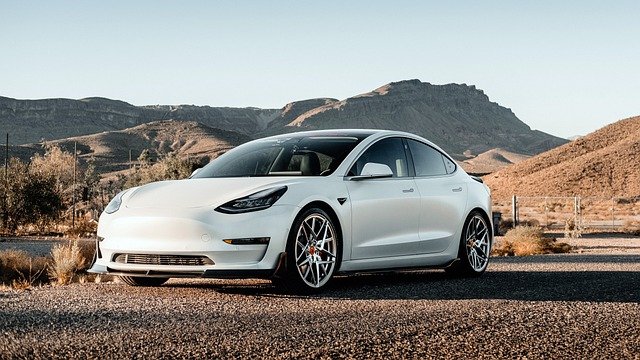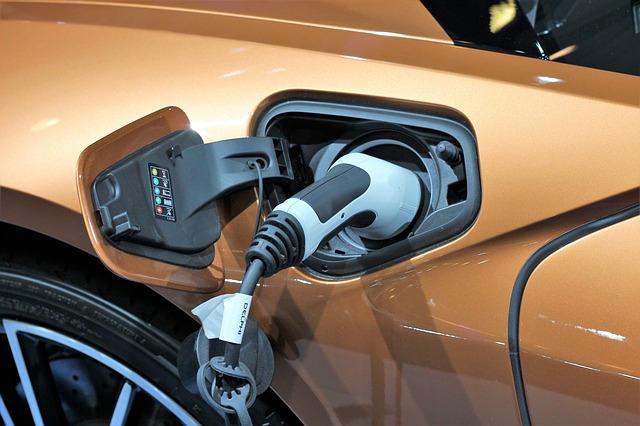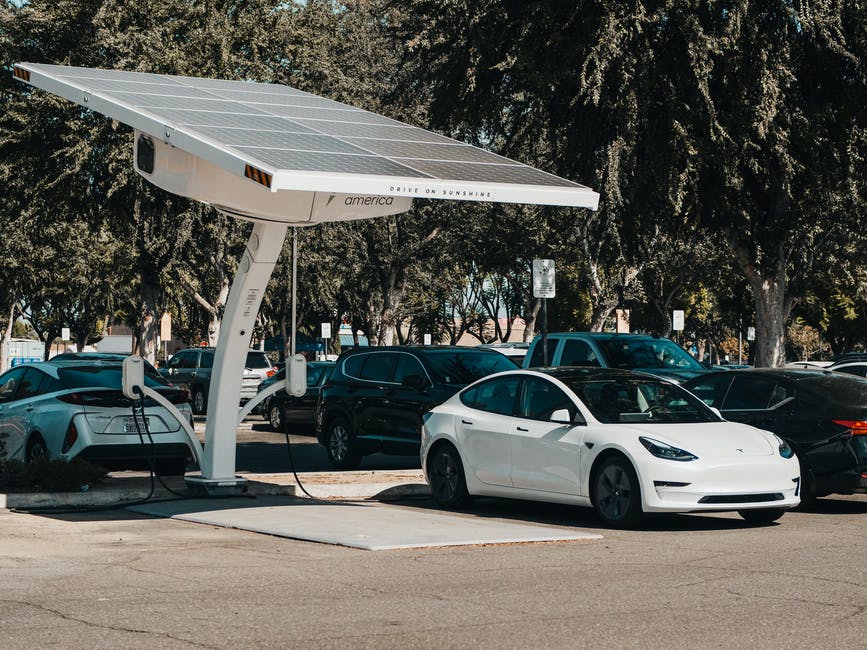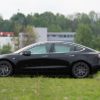
Basic Introduction:

Electric vehicles, or battery cars, are vehicles that use electrical storage units to power the car. Four main components must be present for the car to have a functioning electric motor. These include a DC power converter, an inverter, a computerized controller, and batteries. The DC power converter is used to convert the AC from the grid into 12 volts for the starter motor and 24 volts for all other systems. The battery system typically consists of one or more lead-acid batteries.
Inverter and its Purposes:

The inverter has three purposes: it converts electricity to direct current (DC), it protects against short-circuit currents, and it heats the car’s engine. Finally, the computerized controller ensures that all of these systems are working together and that the battery system is not overcharged.
Classification of Battery Cars:
Cars powered by electricity can be classified into three categories based on how they are charged. The first category includes cars that are plugged into an electrical socket at home or work, which are typically called home-charging or level one charging. The second category includes cars that can be plugged into a public charger, known as level two chargers. Lastly, the third category includes cars equipped with their fast-charge capability (level three).
Benefits of Battery Cars:
Electric vehicles have advantages such as lower greenhouse gas emissions, reduced fuel consumption, quieter rides, and greater efficiency compared to their internal combustion engine (ICE) counterparts. Electric vehicles also have disadvantages such as higher upfront costs and limited ranges without recharging. Despite these shortcomings, several countries continue to invest in the research & development of electric vehicles and batteries because it has a distinct advantage over other alternative fuel vehicles; the ability to recharge quickly, which increases its potential for future use on a larger scale.
Future Investments:
Although electric vehicles have not yet gained widespread use all over the world, several countries continue to invest in their development. For instance, in 2009, Portugal was looking into using electric vehicles to support the delivery needs of Lisbon’s central operations district, London planned to improve its air quality by introducing electric taxis and buses, and Denmark announced plans to make Copenhagen independent of oil within 21 years by investing in more sustainable transportation options such as wind power and electric cars. Additionally, many car manufacturers are also investing in electric vehicles. For example, the Nissan Leaf was released for public purchase in December 2010 and General Motors is working to decrease emissions by using lighter materials to build electric cars.
Conclusion:
Electric vehicles have not yet gained widespread use all over the world, but several countries are investing in their development. Many car manufacturers are also investing in electric vehicles. Electric vehicles have advantages such as reduced fuel consumption and increased efficiency compared to their internal combustion engine counterparts. However, the major drawback is that they currently have a limited range without recharging. Despite this shortcoming, these vehicles will likely continue to improve in the future with the development of new battery technology and multiple ways for charging them to increase their potential use on a larger scale.





